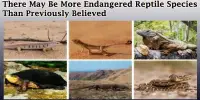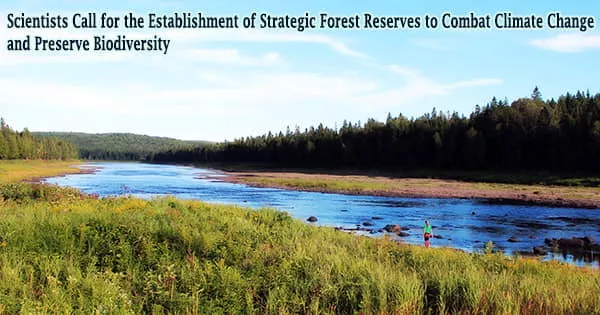In nature, organisms use a variety of ecological niches and strategies to survive and reproduce. While it is true that some organisms benefit from being either very large or very small, it is important to remember that nature is diverse and complex, and there is no single size that is universally favored.
Researchers from McGill University and the University of British Columbia discovered that the planet’s biomass – the material that makes up all living organisms – is concentrated in organisms at either end of the size spectrum.
The scientists spent five years collecting and analyzing data on the size and biomass of every living organism on the planet, from tiny one-celled organisms like soil archaea and bacteria to large organisms like blue whales and sequoia trees.
They discovered that the pattern favoring large and small organisms was consistent across all species and was more pronounced in land-based organisms than in marine organisms. Surprisingly, maximum body size appeared to have the same upper limits across species and environments.
Trees, grasses, underground fungi, mangroves, corals, fish, and marine mammals all have similar maximum body sizes. This might suggest that there is a universal upper size limit due to ecological, evolutionary, or biophysical limitations.
Eden Tekwa
“Trees, grasses, underground fungi, mangroves, corals, fish, and marine mammals all have similar maximum body sizes. This might suggest that there is a universal upper size limit due to ecological, evolutionary, or biophysical limitations,” says lead author Eden Tekwa, a former postdoctoral fellow at the University of British Columbia and now a research associate with McGill University’s Department of Biology.
“Life constantly amazes us, including the incredible range of sizes that it comes in,” says co-author Malin Pinsky, an associate professor in Rutgers University’s Department of Ecology, evolution, and natural resources. “If the tiniest microbe was the size of the period at the end of this sentence, the largest living organism, the sequoia tree, would be the size of the Panama Canal.”
“As for humans, we already know we have a small biomass, but our size in comparison to other living things reveals our place in the global biome. We belong to the size range with the most biomass, which is a relatively large body size,” Tekwa says.

Predicting the effects of climate change
According to the authors, cataloging which body sizes are most common is an important step toward understanding the world around us. These findings have far-reaching implications for forecasting the effects of climate change and human activity on the planet’s biomass.
“For example, fish biomass is probably half of what it was before humans arrived, but inferring those patterns becomes increasingly difficult as we go further back in time,” Tekwa says. “We need to think about how the distribution of body size biomass will change under environmental pressures.”
It’s important to recognize that the advantages of size can vary depending on the specific environment, ecological interactions, and evolutionary pressures. Organisms have evolved diverse strategies to survive and reproduce, and being either large or small is just one aspect of their overall adaptation to their respective environments.
















